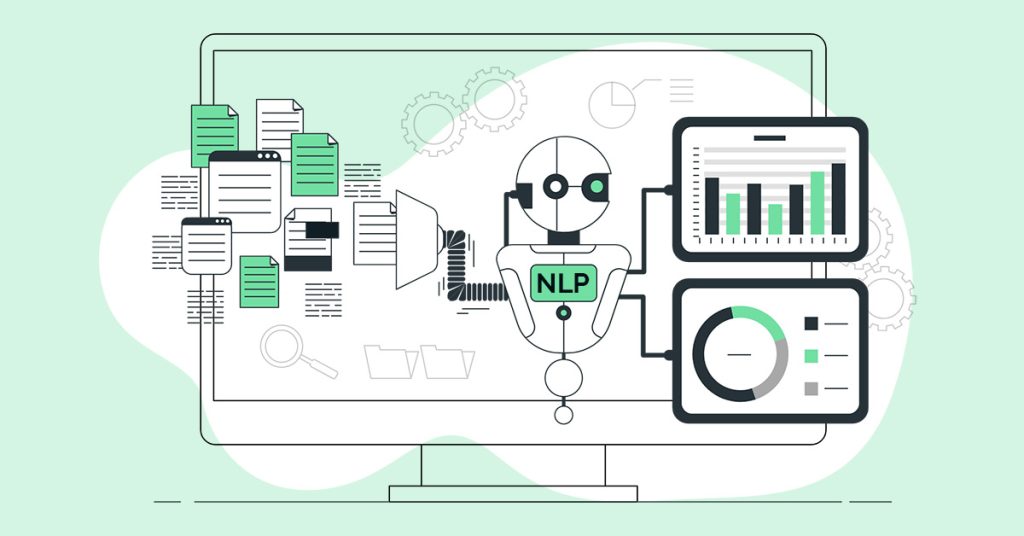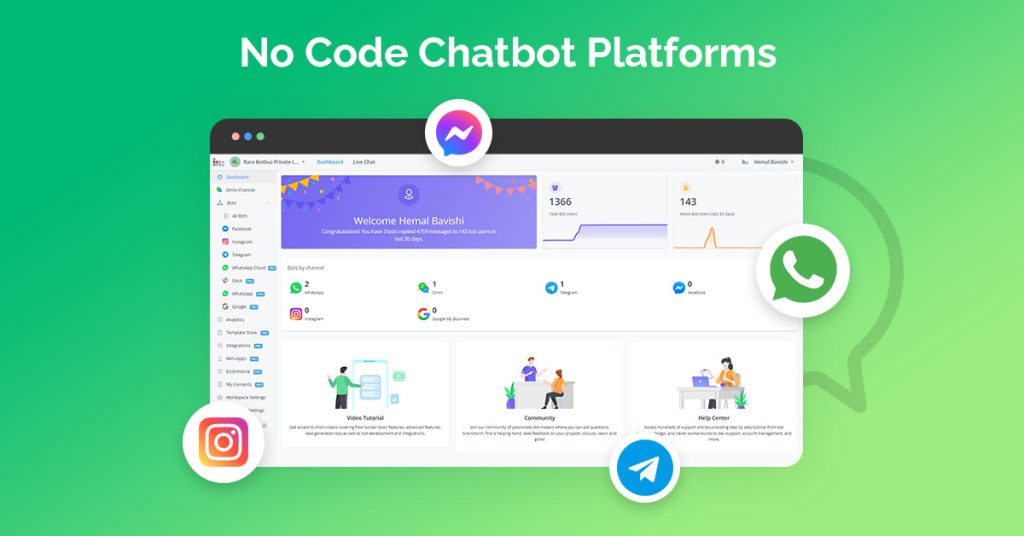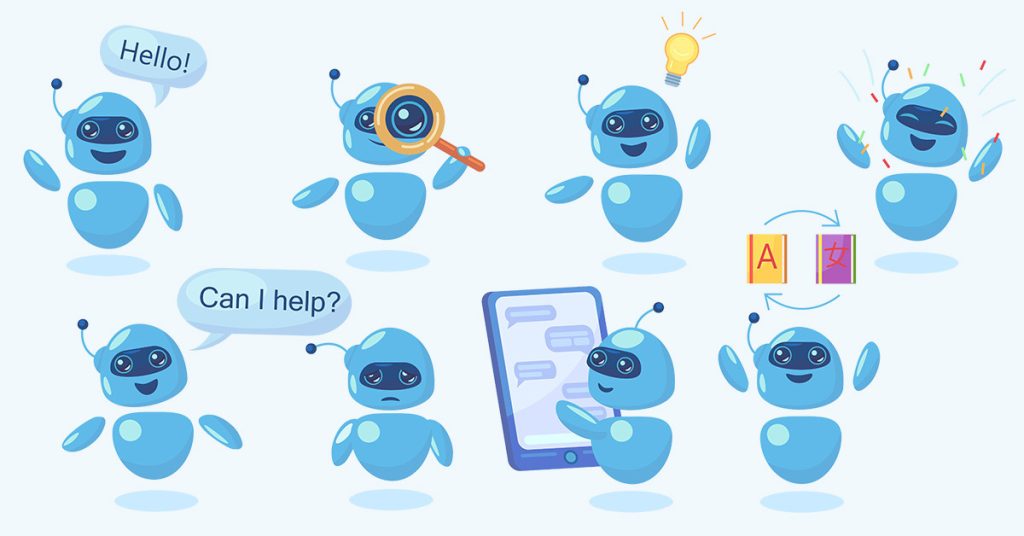Introduction
The field of conversational AI and natural language processing has undergone a remarkable evolution, revolutionizing the capabilities of chatbots and transforming the way we interact with them. In this blog post, we will embark on a journey through the stages of this evolution, exploring the advancements that have propelled chatbots to new heights of intelligence and user engagement.
I. Early Days of Chatbots and Rule-Based Systems
In the early days, chatbots relied on rule-based systems to generate responses based on predefined rules and patterns. These chatbots followed a scripted approach, providing limited interactivity and often falling short in understanding complex user queries.
II. Introduction of Machine Learning and Natural Language Processing
The integration of machine learning and natural language processing brought significant advancements to chatbots. Machine learning algorithms enabled chatbots to learn from data and improve their responses over time. Natural language processing algorithms allowed for better understanding of user input, making conversations more dynamic and engaging.
III. Shift Towards Contextual Understanding
As chatbots evolved, they became more adept at understanding context and delivering more accurate and contextually relevant responses. Rather than relying solely on individual user utterances, chatbots started considering the conversation history and user intent, enabling smoother and more personalized interactions.
IV. Conversational AI and the Rise of Neural Networks
The advent of neural networks and deep learning models revolutionized the capabilities of chatbots, enabling more human-like conversations. Neural networks allowed chatbots to understand complex language structures, detect nuances, and generate responses that closely resembled natural human speech.
V. Enhancing User Experience with Intent Recognition
Intent recognition became a crucial component of conversational AI, allowing chatbots to understand user intentions and provide personalized responses. By analyzing user input and identifying underlying intents, chatbots could offer tailored recommendations, address specific user needs, and enhance the overall user experience.
VI. Sentiment Analysis for Emotional Intelligence
The incorporation of sentiment analysis enabled chatbots to detect and respond to user emotions, adding a layer of emotional intelligence to their interactions. Chatbots could now recognize and empathize with user sentiments, adjusting their tone and responses accordingly, leading to more meaningful and empathetic conversations.
VII. Multi-turn Conversations and Dialogue Management
Chatbots advanced to handle multi-turn conversations and improved dialogue management, allowing for more complex interactions. They could remember previous user inputs, maintain context throughout the conversation, and provide coherent and contextually relevant responses, resulting in more fluid and natural conversations.
VIII. Voice-based Conversational AI and Voice Assistants
The rise of voice-based conversational AI and the integration with voice assistants like Siri and Alexa further expanded the reach and possibilities of chatbots. Voice-enabled chatbots brought convenience and accessibility to users, allowing them to interact with chatbots using natural speech, making the experience more intuitive and seamless.
IX. The Emergence of Generative AI Models
Recent advancements in generative AI models, such as OpenAI’s GPT-3, have pushed the boundaries of chatbot capabilities even further. These models can generate human-like text, enabling chatbots to engage in creative and open-ended conversations. The integration of generative AI models opens up new possibilities for chatbots in content creation, storytelling, and more.
X. Ethical Considerations in Conversational AI
With the evolution of conversational AI, ethical considerations have become essential areas of focus. Privacy, data handling, and bias are significant concerns that must be addressed to ensure responsible and fair use of chatbot technology. Developers and organizations need to prioritize ethical practices, transparency, and user consent in their chatbot implementations.
XI. Future Directions and Potential Applications
The future of conversational AI and natural language processing holds immense potential. In healthcare, chatbots can assist with symptom analysis and provide preliminary medical advice. In education, they can offer personalized tutoring and support. In customer service, chatbots can deliver quick and efficient assistance. The possibilities are vast, and we are only scratching the surface of what chatbots can achieve.
XII. Conclusion
The evolution of conversational AI and natural language processing has propelled chatbots from rule-based systems to contextually intelligent and human-like conversational agents. With advancements in machine learning, neural networks, intent recognition, and sentiment analysis, chatbots have become powerful tools for businesses and individuals alike. However, it is crucial to consider the ethical implications and ensure responsible development and deployment of chatbot systems.
As we move forward, the journey of chatbots continues, promising exciting developments and breakthroughs in the years to come. Embrace the power of conversational AI and explore the vast potential it offers in transforming industries, enhancing user experiences, and shaping the future of human-computer interactions.
Conversational AI and Natural Language Processing in the Botbuz Chatbot: Transforming Businesses and Empowering Individuals:
Imagine a world where businesses and individuals can effortlessly engage in natural, human-like conversations with an AI-powered chatbot. A world where technology understands our language, interprets our intentions, and responds with accuracy and empathy. Thanks to the wonders of conversational AI and Natural Language Processing (NLP), this world has become a reality with the Botbuz chatbot. Let’s explore how this intelligent chatbot technology has transformed businesses and empowered individuals.
Conversational AI chatbots have emerged as invaluable tools for businesses across various industries. They are designed to simulate human-like conversations, providing a personalized and interactive experience for users. Unlike traditional chatbots that rely on predefined responses, conversational AI chatbots leverage advanced machine learning algorithms and NLP techniques to understand and respond to user queries in a more natural and contextual manner.
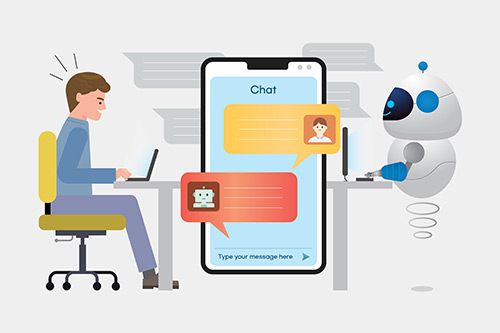
The Botbuz chatbot, powered by conversational AI, has revolutionized the way businesses engage with their customers. By analyzing user input and context, it can provide tailored recommendations, answer complex queries, and even execute transactions seamlessly. With its ability to comprehend natural language, the Botbuz chatbot bridges the gap between humans and machines, enhancing customer satisfaction and driving business growth.
One of the key elements that make conversational AI chatbots like Botbuz so powerful is the integration of NLP. NLP enables the chatbot to process and understand the intricacies of human language, including nuances, synonyms, and context. By leveraging NLP techniques such as entity recognition, sentiment analysis, and intent classification, the Botbuz chatbot can accurately interpret user requests and deliver meaningful responses.
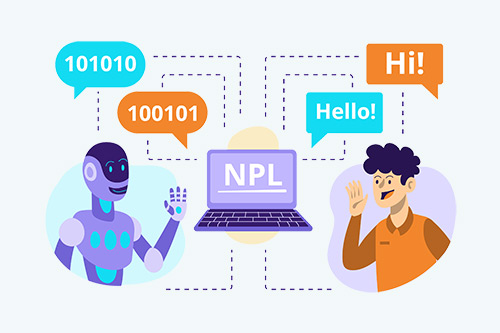
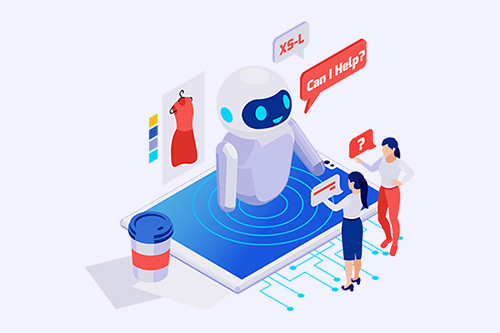
The benefits of conversational AI and NLP in the Botbuz chatbot extend beyond businesses and also empower individuals in various ways. For instance, in the realm of customer support, individuals can now access instant assistance without the need to navigate complex phone menus or wait in long queues. The Botbuz chatbot can swiftly provide relevant solutions, troubleshoot issues, and offer guidance, saving individuals valuable time and frustration.
Moreover, the Botbuz chatbot’s ability to understand natural language allows individuals to interact with it using their preferred language and conversational style. Whether it’s a casual conversation or a more professional tone, the chatbot adapts to the user, providing a personalized experience that feels like having a virtual assistant at one’s fingertips.

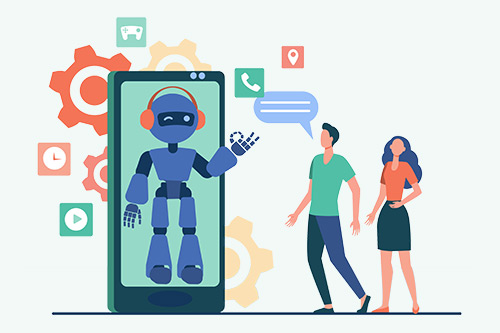
Another significant advantage of the Botbuz chatbot’s conversational AI capabilities is its capacity for learning and adaptation. Through machine learning algorithms, the chatbot can continuously improve its performance by analyzing user interactions, feedback, and successful outcomes. This adaptive nature ensures that the Botbuz chatbot becomes smarter over time, enhancing its accuracy and efficiency in understanding and responding to user queries.
Businesses that have integrated the Botbuz chatbot into their operations have witnessed remarkable transformations. Firstly, customer service has reached new heights, with the chatbot providing round-the-clock support and immediate responses to customer inquiries. This availability leads to improved customer satisfaction and loyalty, as customers feel heard and attended to promptly.

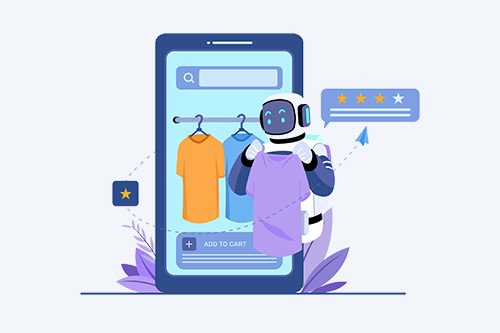
Secondly, the Botbuz chatbot acts as a virtual sales assistant, guiding customers through their buying journey, providing product recommendations, and facilitating transactions. Its conversational nature enables businesses to offer personalized shopping experiences, increasing conversion rates and driving revenue growth.
Furthermore, the Botbuz chatbot’s data-driven insights contribute to better decision-making within businesses. By analyzing user interactions and feedback, businesses can identify pain points, areas for improvement, and emerging trends. These valuable insights help in refining products or services, optimizing marketing strategies, and staying ahead of the competition.

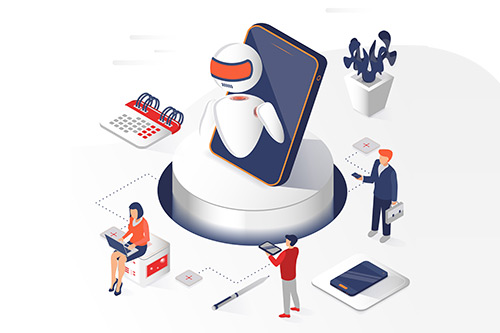
On an individual level, the Botbuz chatbot has empowered users by simplifying complex processes. Whether it’s booking appointments, searching for information, or receiving personalized recommendations, individuals can accomplish tasks efficiently and effortlessly through a natural conversation with the chatbot. This not only saves time but also enhances overall productivity and convenience.
In conclusion, conversational AI and NLP in the Botbuz chatbot have transformed the way businesses and individuals interact. The seamless integration of these technologies has elevated customer service, boosted sales, and provided valuable insights for businesses. Simultaneously, individuals have reaped the benefits of instant support, personalized experiences, and streamlined processes. As conversational AI continues to advance, we can expect even more remarkable innovations that will shape the future of customer engagement and user experiences.
